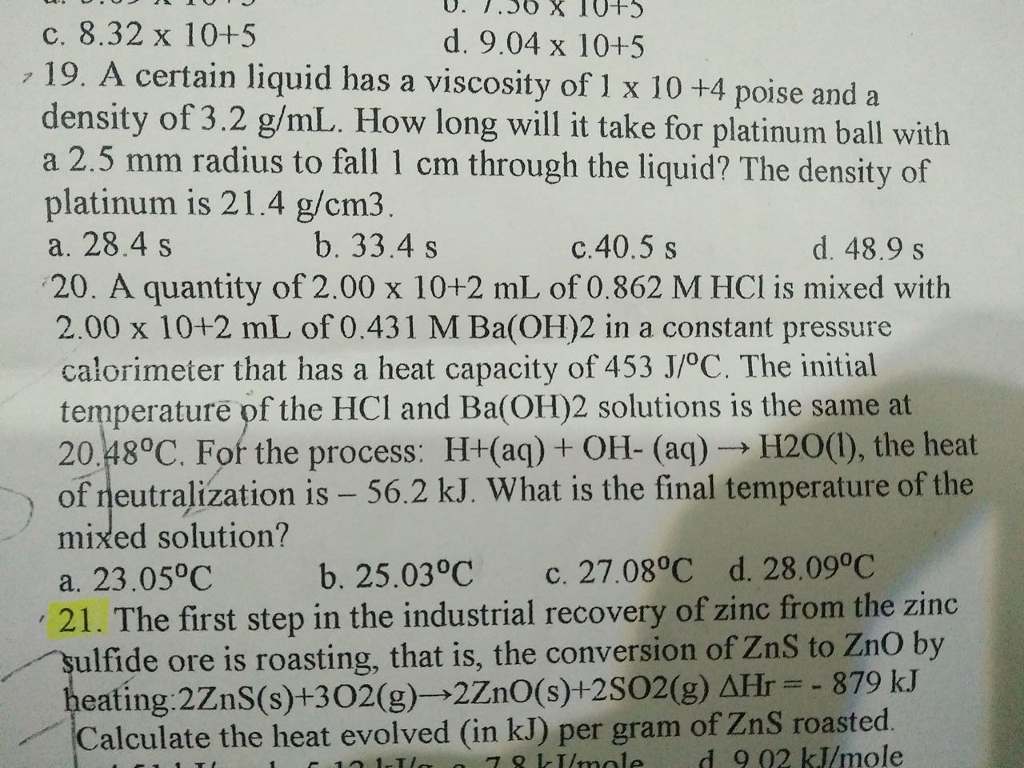

Silverson mixers also offer the advantage of being able to scale-up processes without having to re-formulate. These easily interchangeable workheads mean that one Silverson mixer can be used for blending liquids of varying viscosity or forming a stable emulsion as well as emulsifying, homogenizing, disintegrating, dissolving, dispersing, particle size reduction, powder/liquid mixing and de-agglomerating. A comprehensive range of workheads and screens is available for all Silverson high shear mixers, offering great versatility and allowing any machine to be adapted to a particular mixing task. Silverson high shear rotor/stator mixers also have a number of other advantages when used in place of conventional mixing equipment.


This has the added advantage that it can be carried out while the process vessel is being filled, a further saving in process time. Typically an In-Line high shear mixer would be used for this application, operating on either a recirculation basis or in a single pass, with the HAS being metered into the water stream just prior to the inlet of the mixer. This eliminates stratification, reducing mixing times and improving the quality and consistency of the mix. A circulatory mixing pattern is obtained where the liquid passes through the workhead many times, thoroughly blending the liquid ingredients. The liquid is then forced out through the stator and recirculated back to the process vessel as fresh material is drawn into the workhead. Centrifugal force drives the material to the periphery of the workhead where the liquids are blended instantly. Where an agitator tends to move both liquid ingredients around the vessel without actually blending them together, the positive mixing action of a rotor/stator high shear mixing assembly draws the ingredients straight into the workhead. High shear mixers can help to solve these mixing challenges and achieve a uniform blend time after time, optimizing your blending processes. With some High Active Surfactants there is an additional risk that at certain concentrations they can form an unworkable gel, therefore the mixing/metering system must be capable of maintaining the correct ration during dilution.
#DO HIGH VISCOSITY LIQUIDS TAKE LONGER TO HEAT FULL#
This further increases process times and costs as full yield of the ingredient has not been achieved. This can lead to long processing times to try and achieve a uniform blend – and vigorous agitation can lead to aeration and foaming problems. This makes for an unsatisfactory product as globules of the high viscosity liquid/surfactant can remain undiluted. However, at this concentration, the HAS is a high viscosity fluid, so when employing a conventional mixing system such as an agitator or stirrer to dilute the surfactant into water, rather than blending easily into one another, the disparity in the viscosity between the two liquids causes stratification in the mix. HAS are often sold at concentration levels of 65 – 70% for greater economy when shipping or storing the ingredient. The concentration levels at which the High Active Surfactants (HAS) are often supplied can cause problems for conventional mixing equipment. For example when mixing High Active Surfactants such as Sodium Laureth Sulfate for use in products such as bubble baths, shampoos, liquid detergents and other cleansing products. But a different set of mixing challenges arise when the liquids being processed are of widely different viscosities.


 0 kommentar(er)
0 kommentar(er)
